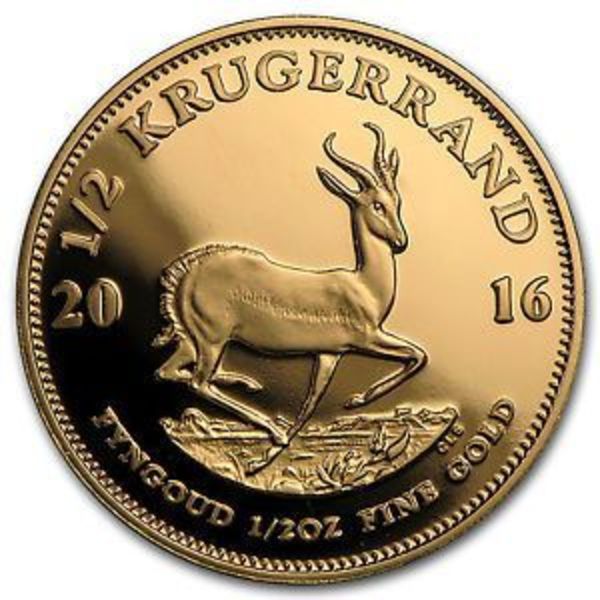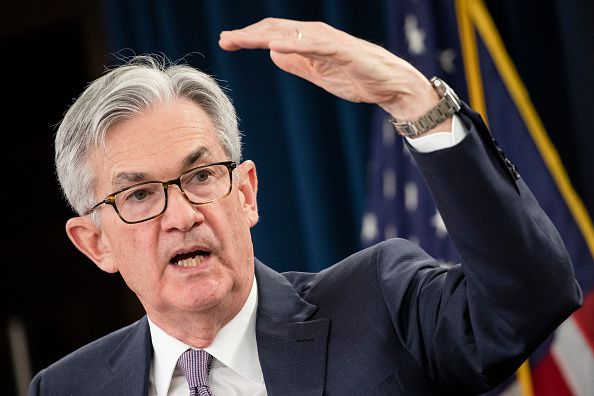The London Bullion Market Association (LBMA) has long been the epicenter of global precious metals since at least 1919 when the London Gold Fix was established by five major bullion banks to set the daily gold price.
Originally, the gold price was set twice daily via in person at the offices of N M Rothschild & Sons, where representatives from the five participating banks would agree on a single price. By 2015, the London Gold Fix was replaced by the LBMA Gold Price.
However, recent shifts have raised questions about the stability and future of the LBMA. A combination of regulatory changes, liquidity constraints, and shifting trade patterns have contributed to an uncertain outlook, leaving many wondering if we are witnessing a fundamental transformation in the gold market.
LBMA’s Struggles with Credibility and Trust
The LBMA has faced growing scrutiny regarding market transparency and delivery mechanisms. Analysts have pointed out inconsistencies in physical gold inventories and allegations of market manipulation, which have undermined confidence in the association.
Reports have surfaced suggesting that major banks and institutions are struggling to access allocated gold, raising doubts about whether the LBMA can honor its commitments to meet physical delivery. This issue is further compounded by a surge in gold shipments to New York’s COMEX exchange.
Regulatory and Legal Challenges
The introduction of the Net Stable Funding Ratio (NSFR) as part of the Basel III regulations has significantly altered how gold is classified on balance sheets. Under these rules, unallocated gold held by banks is now considered a riskier asset, making it more costly for institutions to engage in paper gold trading. London’s gold market has historically been dominated by unallocated gold accounts rather than fully allocated physical holdings.
Additionally, legal pressures surrounding responsible sourcing of gold have created further headwinds. Governments and regulatory bodies have increased scrutiny on gold’s supply chain, particularly regarding conflict minerals and human rights violations. This has forced refiners and traders to ensure compliance with stricter sourcing standards, potentially reducing the flow of certain gold bars into the London market.
Physical Shortages and Gold Price
The liquidity issues in London have been exacerbated by a “bank run” on physical bullion, with increasing numbers of investors demanding allocated gold rather than paper contracts. This has led to soaring lease rates for gold, with one-month borrowing costs reaching 3.3% per annum, a dramatic increase from previous levels.

Bullion banks engage in gold leasing for the carry trades, where they borrow gold at a low lease rate, sell it in the market, and invest the proceeds into other assets.
Gold Flows to New York: Draining London’s Reserves
In recent months there has been massive outflow of gold from London to New York’s COMEX exchange which is largely driven by concerns over potential U.S. trade tariffs under the new Trump administration. As a result, COMEX inventories have surged to over 946 tonnes, the highest level in years.
Reports have surfaced indicating that gold withdrawal requests from the Bank of England now face delays of up to eight weeks, indicating liquidity problems with the LBMA.
Geopolitical Shifts and the Rise of Alternatives to LBMA
The LBMA is also facing growing competition from alternative gold markets, particularly in Russia, China, and the Middle East. Following Western sanctions on Russian gold, Moscow moved to establish its own international gold trading standards, the Moscow World Standard, challenging the LBMA Good Delivery status that has long been the benchmark for bullion quality.
Russia’s proposal of a new gold trading system has the potential to shift trade flows away from London, especially if BRICS nations and other emerging economies choose to bypass the LBMA in favor of alternative markets. This move aligns with broader efforts to reduce reliance on the U.S. dollar and establish a more independent global monetary system based on physical assets like gold.
Implications for the Global Gold Market
If the LBMA continues to experience liquidity challenges and credibility issues, several potential outcomes could reshape the precious metals landscape:
- Increased Premiums for Physical Gold – The difficulty in sourcing physical gold from London could push premiums higher, especially for allocated bars and coins.
- Growth of Regional Gold Hubs – Markets in Shanghai, Moscow, and Dubai may gain prominence as alternative trading centers for gold, reducing the LBMA’s influence.
- Further Paper Gold Decoupling – The ongoing divergence between paper gold markets (COMEX futures) and physical gold availability may lead to greater distrust of unallocated gold contracts.
- Accelerated Central Bank Gold Accumulation – Countries like China, Russia, and India have already been increasing their gold reserves. A weakening LBMA could accelerate this trend, further shifting the balance of power in the gold market.
U.S. Federal Reserve and Monetary Policy
The Federal Reserve’s recent stance on interest rates and its potential response to rising inflation could also impact gold demand. As central banks around the world continue to accumulate gold as part of de-dollarization efforts, the role of gold as a monetary asset is becoming increasingly relevant. A weakening LBMA might push the U.S. and other Western nations to reconsider their own gold policies, potentially leading to a re-evaluation of how gold reserves are managed and traded.
Is the LBMA Facing a Collapse?
While the LBMA is not officially collapsing, it is clear that the institution is facing unprecedented challenges. The strain on physical gold inventories, regulatory pressures, geopolitical shifts, and loss of credibility all point to a market in transition. Whether the LBMA can adapt to these changing conditions will determine its future role in the global gold trade.
Investors and institutions should closely monitor developments in gold liquidity, central bank policies, and emerging gold trading hubs as the market continues to evolve. The future of gold trading may no longer be centered in London, and the coming years could see a fundamental realignment of how precious metals are bought, sold, and stored worldwide.





